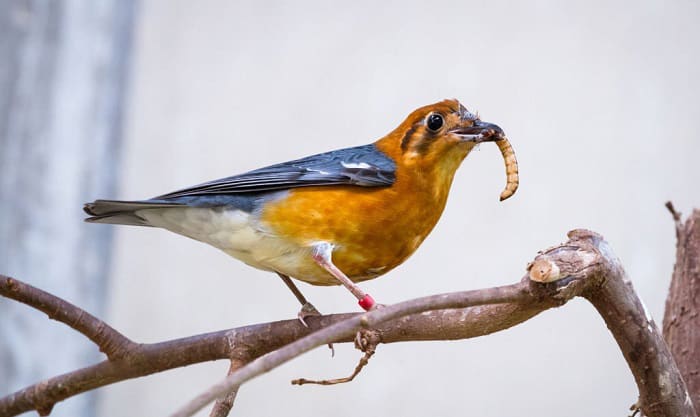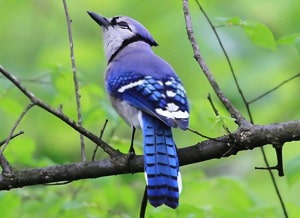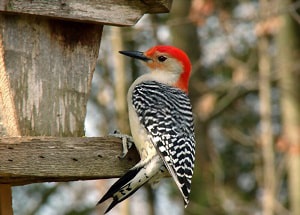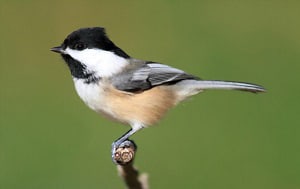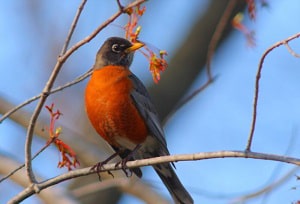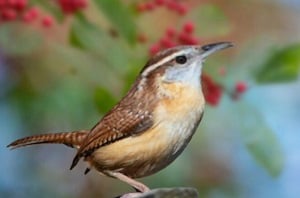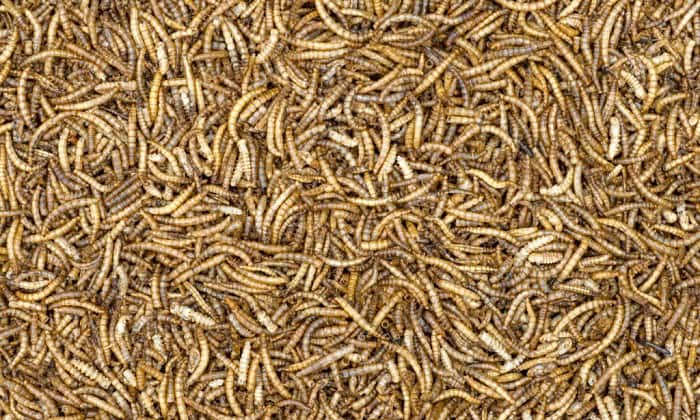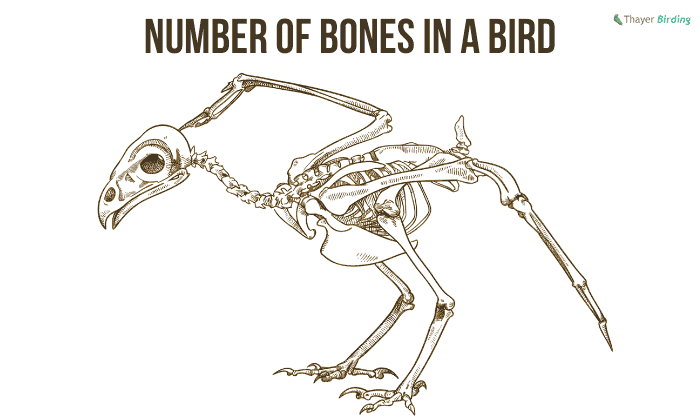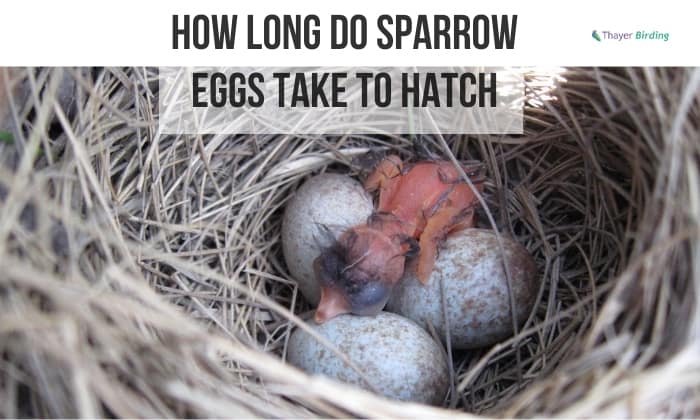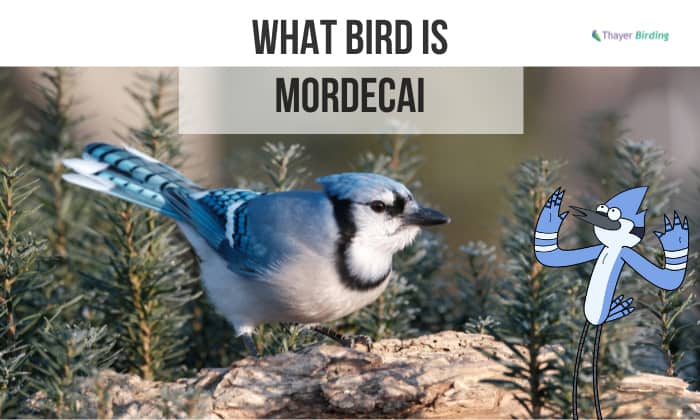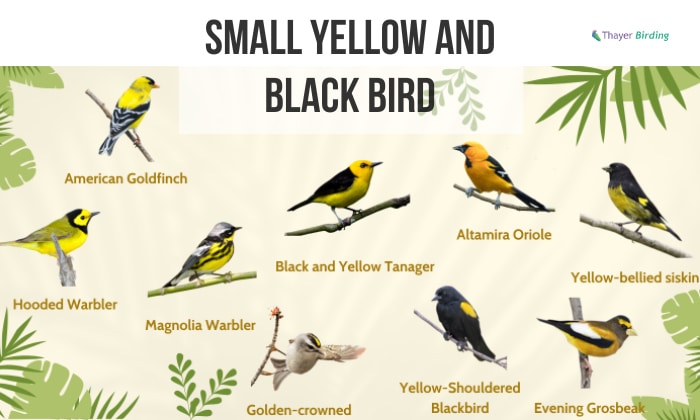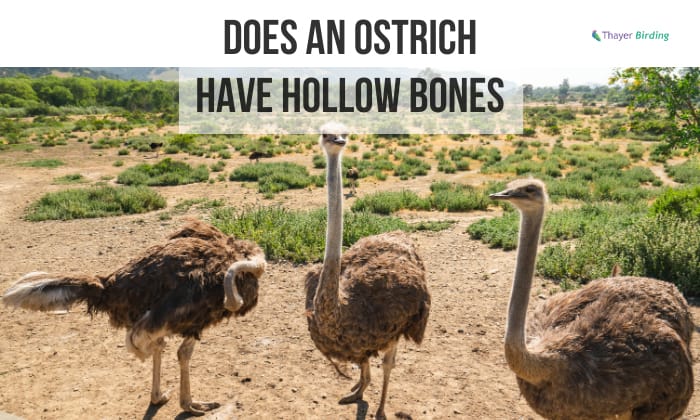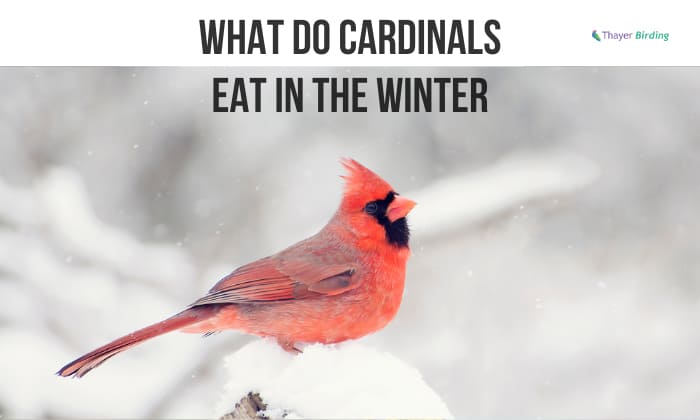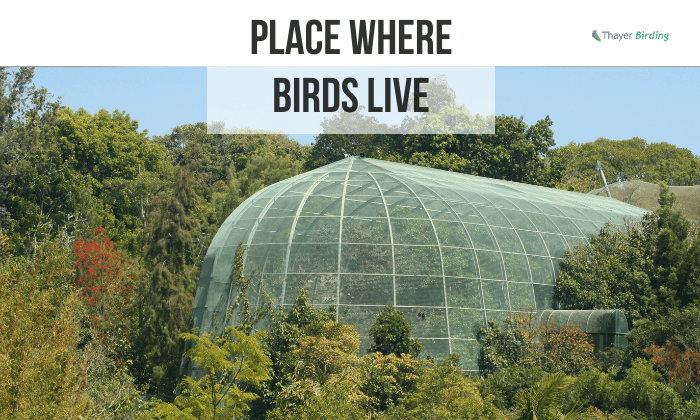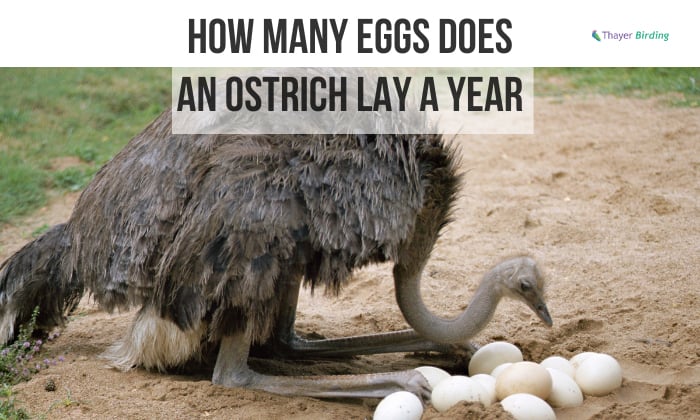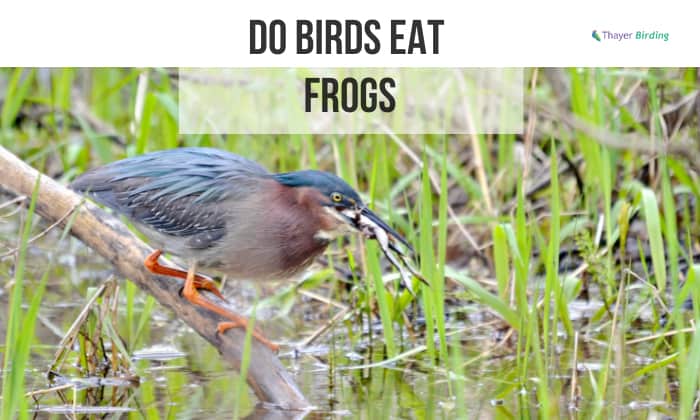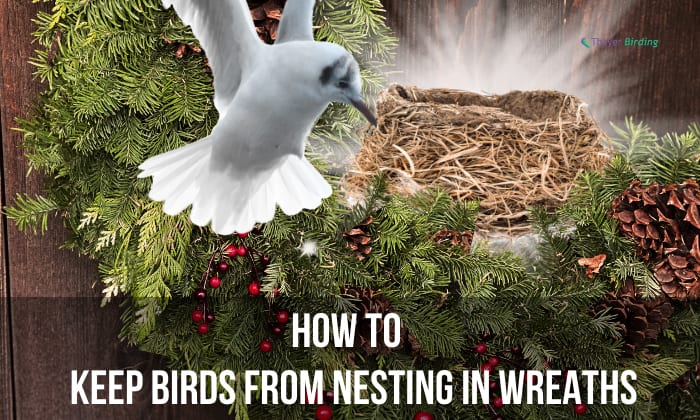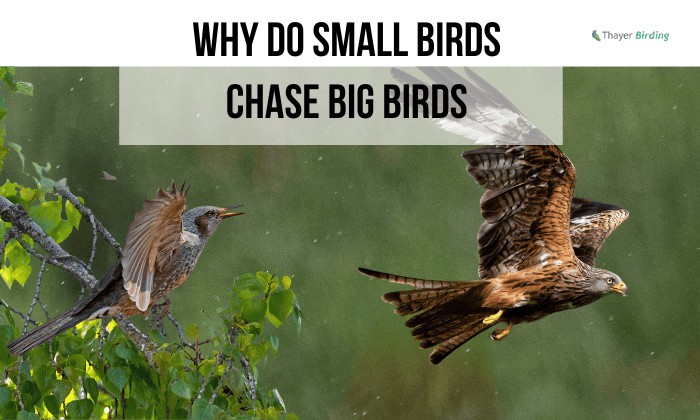Mealworms are not real worms. If they’re not worms, what are they for real then? Mealworms are the larvae of the darkling beetle (Tenebrio molitor).
Mealworms are very rich in protein and packed with nutrients such as amino acids and fat. That’s why they are good for pet birds, fish and snakes. In this article, we will learn what birds eat mealworms.
Birds like the bluebird, chickadees, woodpecker species and even the common ones such as the cardinal and the robin are just some of the birds that really like eating mealworms.
Table of Contents
Birds that Eat Mealworms
Birds that feed on insects or insectivores are the ones who are chiefly attracted to feeders serving mealworms. Different kinds of birds eat mealworms.
Most birds that like eating larvae are non-migratory. This explains why during winter, when food sources are scant, birds like robins, woodpeckers, blue jays and titmice really like to feed on mealworms placed on feeders.
Cardinals eat mealworms but not exclusively, these birds also eat other insects and they also like to eat safflower seeds. Here is a list of some common birds that like mealworms:
1. Blue Jay (Cyanocitta cristata)
| Order: | Passeriformes |
| Distribution: | Eastern and Central United States |
| Habitat: | Woodlands, residential areas |
| Diet: | seeds, nuts and insects |
| Appearance: | Blue feathers with a U-shaped black collar, white plumage on the chest |
2. Red-bellied Woodpecker (Melanerpes carolinus)
| Order: | Piciformes |
| Distribution: | Eastern United States |
| Habitat: | Forests |
| Diet: | Insects, seeds |
| Appearance: | Medium-sized with pale white bellies and a red cap |
3. Black-capped Chickadee (Poecile atricapillus)
| Order: | Passeriformes |
| Distribution: | North America, year-round resident in Minnesota |
| Habitat: | Forests |
| Diet: | Insects |
| Appearance: | Black cap and beak, tail and wings are grayish, white on the cheeks |
4. American Robin (Turdus Migratorius)
| Order: | Passeriformes |
| Distribution: | North America |
| Habitat: | Open woodlands |
| Diet: | Insects |
| Appearance: | Orange to red breast, black plumage on the head and back |
5. Carolina Wren (Thryothorus ludovicianus)
| Order: | Passeriformes |
| Distribution: | Eastern United States |
| Habitat: | Open woodlands, backyards, forests |
| Diet: | Insects |
| Appearance: | White eyebrow stripe, brownish plumage and upright tail |
It is important to take note that not all birds will feed solely on mealworms. It is considered as a supplementary meal and best mixed with seeds.
Birds that are predominantly granivorous such as sparrows will also welcome a dose of mealworms especially when they are feeding their young or when food sources are scarce.
Aside from birds, other animals eat mealworms such as rats, mice and squirrels. It is even safe to be consumed by humans since it is a good source of protein.
How to Feed Mealworms to Birds?
Mealworms are available in two preparations: live and dried mealworms. Each has its own advantages and disadvantages but both are popular as bird food.
1. Live mealworms
The live mealworm for birds is usually more appealing than dried because the natural movements of the larva make them more attractive to birds. One of the ways you can feed mealworms to birds is by putting these golden grubs on a platform bird feeder or on a dish with sides that are high enough to keep them from crawling out.
If you have a lot of birds to feed, it is recommended that you breed your own mealworms. It’s easy and this ensures that you have enough supply without having to buy often. It’s a super saver meal for both birds and birders!
2. Dried mealworms
This preparation is very convenient for those who don’t want to handle live mealworms. You can simply mix this with the bird seeds in your feeders.
One of the pros of dried mealworm is that it lasts longer because it will not spoil easily. Just put them in an air-tight bag and seal it properly.
Baby birds eat dried mealworms that are fed to them by their mothers, it is good for their growth and development because it is packed not just with protein but with amino acids, vitamins and minerals as well.
If you are hand-feeding a baby bird with mealworms, crush them first and mix with water before putting it inside their beaks.
How to Offer Mealworms in Bird Feeders?
1. Live mealworms
For live mealworms, it is best to serve them in a shallow plastic or ceramic dish. They can also be placed in a platform feeder to keep them from crawling outside.
It is not recommended to scatter live mealworms on the ground as they may crawl away and escape or be consumed by bigger animals such as rodents and squirrels.
2. Dried mealworms
Mixing dried mealworms with your regular mix of bird seeds for your pets is the easiest way to incorporate this to your backyard feeders. Similar to serving live mealworms, you can put this on a dish or in your hopper bird feeder.
How to Raise Mealworms?
Some birders prefer to breed their own mealworms because it is more cost-effective than buying live mealworms. Raising mealworms is easy and you can do it in your own household. All you need are a few things. Here is a quick guide on how to raise mealworms.
What to prepare
| 3 plastic containers (holes on the top cover) |
| Bran or oats |
| Apple, carrots or potato cut in half |
| Adult mealworms (500-1,000 pcs) |
- Step 1: Pour a one-inch layer of oatmeal or bran at the bottom of each container. This will function as the bedding and food of the mealworms as they grow.
- Step 2: Place apples/potato/carrot slices or any kind of vegetable on top of the layer of bran.
- Step 3: Put the live mealworms in one of the containers.
- Step 4: Label the containers properly. Each container will house the mealworms in 3 stages of development: larva, pupa and adult.
- Step 5: Place your containers in a dark place and make sure they are properly sealed. It is also important to choose a place for them that is warm, 40 degrees centigrade is the ideal temperature because mealworms grow faster in this kind of temperature.
- To make sure that you raise healthy mealworms, clean up the containers regularly. Remove moldy vegetables, dirt and dead insects.
- Add fresh vegetables and refill the oat layer as needed. This will keep the molds away.
- When you start to have mealworms in different stages, separate them and put them in their corresponding containers. Separate the pupa immediately from the larva and adults because the mature ones can eat them.
Frequently Asked Questions
Why are my birds not eating mealworms?
Some birds that are unfamiliar with this treat may not eat them at first. Dried mealworms appear even more unappealing to some birds than the live larvae. To trick birds into eating them you can soak them in luke-warm water or just simply moisten them with water.
There are species of birds that are really picky eaters such goldfinches that are strictly vegetarian and prefer seeds and grains. You won’t find these birds enjoying your dish of yellow mealworms.
Are mealworms good for wild birds?
Yes, mealworms are high in protein and are good for wild birds. The larvae are also rich in fat and this energy source is needed by wild birds especially during the colder months or in winter.
It is also a good source of fiber, amino acids and vitamins that will benefit the young birds who are still vulnerable and need nutritious food to survive and develop properly.
Do all birds eat dried mealworms?
Not all birds will eat dried mealworms. Species like the hummingbirds will not take to eating mealworms in the feeder because the larva is too big for them. Such types of birds cannot feed mealworms as well to their young ones.
Birds that eat mealworms will less likely choose the dried ones over the live ones because it is more instinctive for them to eat insects that are still moving and squirming. Most adult birds that are not too picky will eat the dried mealworms.
Will squirrels eat mealworms?
Yes, squirrels love eating mealworms. It doesn’t matter to them whether the mealworms are alive, dried or roasted. They will eat any kind of mealworm and may even steal some of these grubs from your bird feeder.
How often should you feed your birds mealworm?
Putting out a dish of 50-100 mealworms once a day is enough if you have a number of birds visiting your backyard. If you are using dried mealworms, mix them with the usual nuts or seeds.
Conclusion
Mealworms are a nutritious treat for our feathered pets. It is good for birds but only as a top-up meal to their usual diet of fresh insects, plants and seeds. This article introduced you to a variety of mealworms and how to raise them, as well as the type of birds that love eating them.
Now that you have an idea what birds eat mealworms, you now know how to attract these birds to your garden feeders with these yummy treats.
Read more:

George and I became friends after a birdwatching trip with our new group. And we have been enjoying every adventure together. When he told me the idea of establishing a site that shares our experiences and fun, I immediately agreed. After trials and errors, here we have Thayerbirding.


